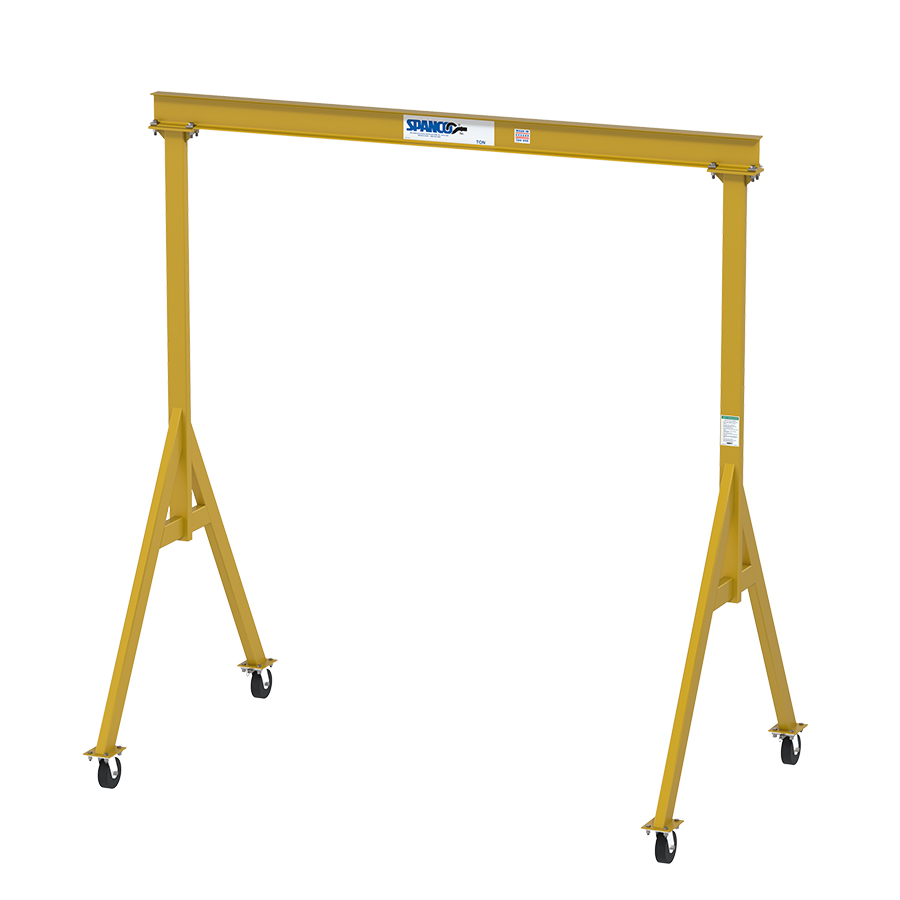Metropolitan Museum Uses Custom Aluminum Gantry to Create A Digital Archive & Preserve Ancient Islamic Art
Products used
Overview
The Metropolitan Museum of Art is one of the largest—and arguably most highly regarded—art museums in the world. The Metropolitan Museum is actually a large collection of museums—and choosing which part of the museum to visit has been likened to choosing a fancy dish from a five-star menu. Each one of the museums that make up the Metropolitan in its entirety is deserving of multiple visits. That’s because their collection includes more than two million works of art spanning five thousand years of world culture. The art on display spans from prehistoric to present, and every part of the globe is represented under one roof. Founded in 1870, the Met is located in New York City’s Central Park along Fifth Avenue. In 2014, more than five million people visited the Metropolitan Museum of Art, many of which came to see their recently archived collection of very, very old Islamic Carpets.
The Metropolitan Museum’s collection of Islamic art is the most comprehensive in the world. It includes more than 12 thousand of the finest objects, dating from the 16th to the 20th century and reflecting the cultural and geographic sweep of historic Islamic civilization. Among their many collections of eclectic and beautiful Islamic pieces, the museum holds more than 450 Islamic carpets—the largest collection in the United States. With such a large collection of fine carpets, the Curator for the Islamic Art section of the Metropolian Museum was conerned about compromising the integrity of the handmade pieces. Curators worked with their photography studio to come up with a solution that would allow them to display the rugs digitally so as to avoid any further degradation to pieces—some as old as the 16th century. Although these carpets are handmade with the type of durability than can—and has—withstood hundreds of years of handling, the aging process has taken a toll on the craftsmanship that the museum so desperately wants to preserve.
That’s why Barbara J. Bridgers, General Manager for Imaging and Photography at the Met, decided that they needed to create a digital archive of all of their Islamic rugs using high-resolution photography. This would enable careful inspection of each and every weave, stitch, and tiny detail of their more than 450 Islamic rugs without ever having to handle them in person. With the help of her Chief Photographer, Joseph Coscia, Jr., Barbara came up with a plan to bring their Islamic rug digital archive to fruition. It required a careful, exact operation in order to successfully record and photograph sections of each rug and assemble them using Photoshop.
Solution
It was a major undertaking, and photographers at the Met realized that they faced one major problem: photographing 450 rugs by hand using exact measurements and with careful precision would be extremely time consuming and impractical. So, after some careful consideration, Barbara reached out to a local Spanco Distributor, Shupper-Brickle, to inquire about a flexible, exact, and lightweight material handling system that could be completely customized to help them photograph detailed sections of the rugs with perfect precision. The system needed to travel easily without wavering or skipping along the track, which required smooth, meticulous movement along a straight path.
The distributor recommended a one-ton, track-mounted Aluminum Gantry Crane with V-Groove casters for accuracy and smooth travel. The gantry crane was to be installed in their photography department—in a small room used to take careful images of fragile pieces of art that date back hundreds of years. The photography department is also in charge of fine editing and the production of large format fine art prints. In the case of the Islamic Rugs, they needed something a little extra to ensure that the digital archive was high-resolution and detailed enough to zoom in for close and careful analysis of the artist’s incredibly detailed and beautifully hand stitched work.
Impact
The one-ton Aluminum Gantry Crane was the perfect solution to ensure smooth travel over a fixed-path, and Spanco was able to customize the system to their exact specifications. In order to digitally capture the rugs, photographers used a custom-built camera rig, which was attached to the gantry crane. The museum fastened an H2D multi-shot camera to the top of the crane that provided four shots of each section and blended together all the images for a perfect representation of each square. The sections were laid out with careful precision using lasers that projected a grid from the legs of the gantry. This allowed the camera to take accurate photographs of each square section. The crane traveled across 60-feet of V-Groove track, stopping from one tiny section to another, to snap multiple shots of each square. The grid provided exact measurements and the gantry traveling along the fixed path ensured flawless movement from one square to the next. Once the entire rug was photographed in sections, the images were transferred to a computer in the same room, where their photography team stitched the pieces together using Photoshop for an exact replication of each rug in flawless detail. Once the rugs were photographed using the high-resolution camera, they could be digitally archived to avoid handling and further damage to the ancient artifacts.
The digital archive of Islamic rugs is now on display at the Museum and portions of it can viewed online by visiting the Islamic Art section of the Met’s website. Preserving the artwork and documenting the rugs in sections was a huge undertaking. But, with the help of their Aluminum Gantry Crane from Spanco, they were able to complete the digital archive quickly and effectively to ensure the integrity of these famous rugs for centuries to come.

